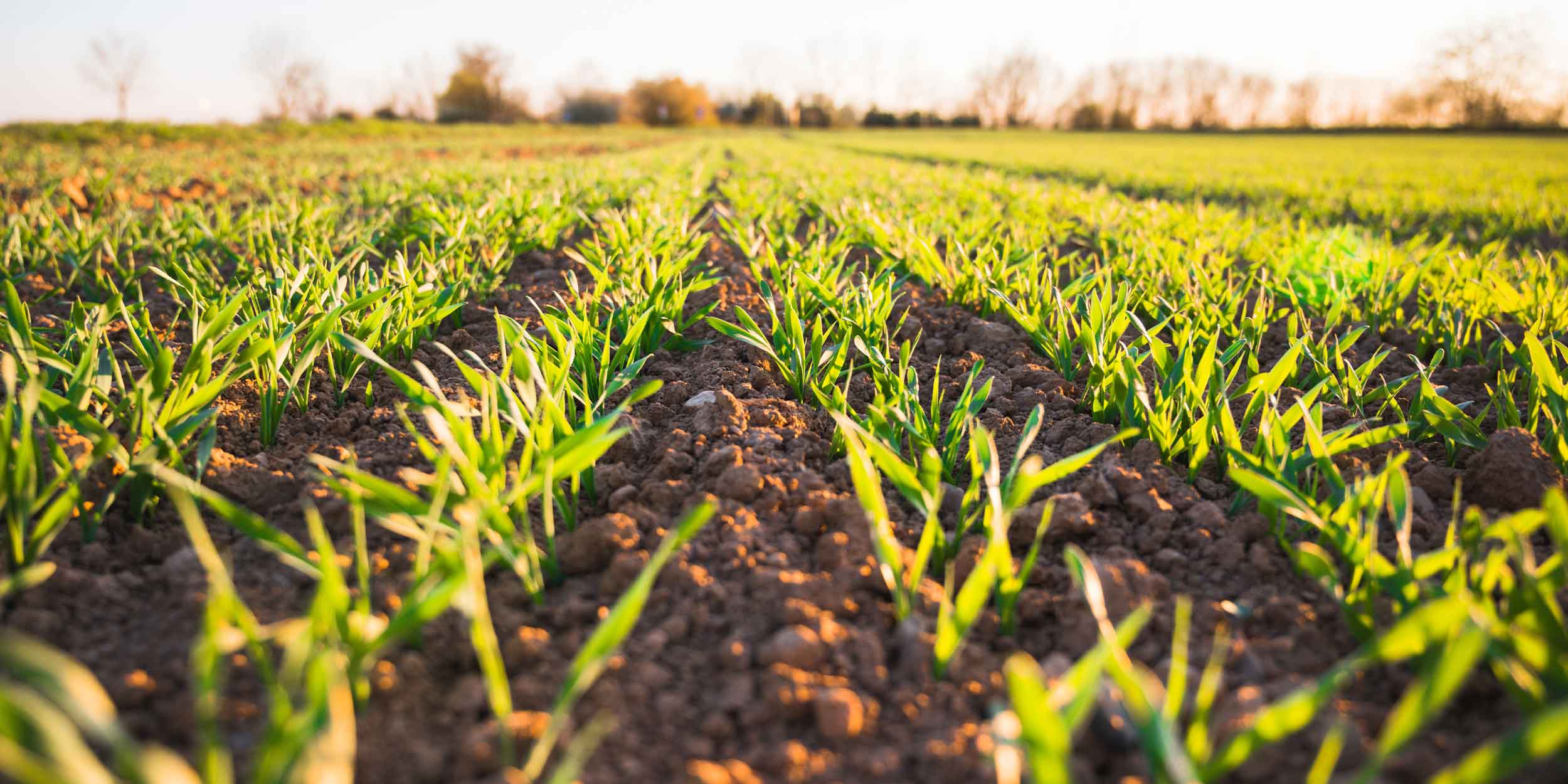Soil and Crops
Key Notes :

1. Importance of Soil in Agriculture
- Soil is a vital natural resource that provides a medium for plant growth.
- It supplies essential nutrients, water, and oxygen to plants.
- Healthy soil is crucial for high crop yields and sustainable agriculture.
2. Types of Soil and Their Properties
- Sandy Soil:
- Large particles with spaces for air.
- Drains water quickly, but retains less moisture.
- Suitable for crops like watermelon, peanuts, and cashew nuts.
- Clayey Soil:
- Fine particles with little air space.
- Retains water but drains poorly.
- Suitable for rice, wheat, and pulses.
- Loamy Soil:
- A mix of sand, clay, and silt, with organic matter.
- Good water retention and drainage.
- Ideal for growing most crops like vegetables, fruits, and cereals.
3. Soil Fertility and Nutrients
- Essential Nutrients for Crops: Nitrogen (N), Phosphorus (P), Potassium (K).
- Organic matter (humus) improves soil fertility.
- Fertile soil leads to better crop productivity.
4. Soil Preparation for Crops
- Ploughing: Loosens the soil to improve air circulation.
- Levelling: Ensures uniform water distribution.
- Manuring: Adds nutrients to the soil for better crop growth.
5. Crops and Their Soil Preferences
- Cereal Crops (Wheat, Rice): Prefer clayey or loamy soil.
- Legumes (Peas, Beans): Thrive in loamy soil with good drainage.
- Root Crops (Carrots, Potatoes): Need loose, well-drained sandy loam soil.
6. Soil Conservation Techniques
- Crop Rotation: Prevents soil nutrient depletion.
- Cover Crops: Protects soil from erosion.
- Terrace Farming: Reduces soil erosion on slopes.
- Composting: Enhances soil structure and fertility.
7. Role of Irrigation in Crop Growth
- Provides water to crops in dry regions or during dry spells.
- Methods of irrigation: Drip irrigation, Sprinkler systems, Traditional channels.
8. Sustainable Agricultural Practices
- Use of organic fertilizers and compost.
- Avoiding overuse of chemical pesticides and fertilizers.
- Implementing crop rotation and intercropping.
9. Soil Testing
- Determines nutrient content and pH of the soil.
- Helps in selecting appropriate fertilizers and crops.
10. Common Soil Problems
- Erosion: Loss of topsoil due to wind or water.
- Salinization: Excess salts in the soil due to poor irrigation practices.
- Depletion: Reduction of nutrients due to over-cropping.
Let’s practice!

